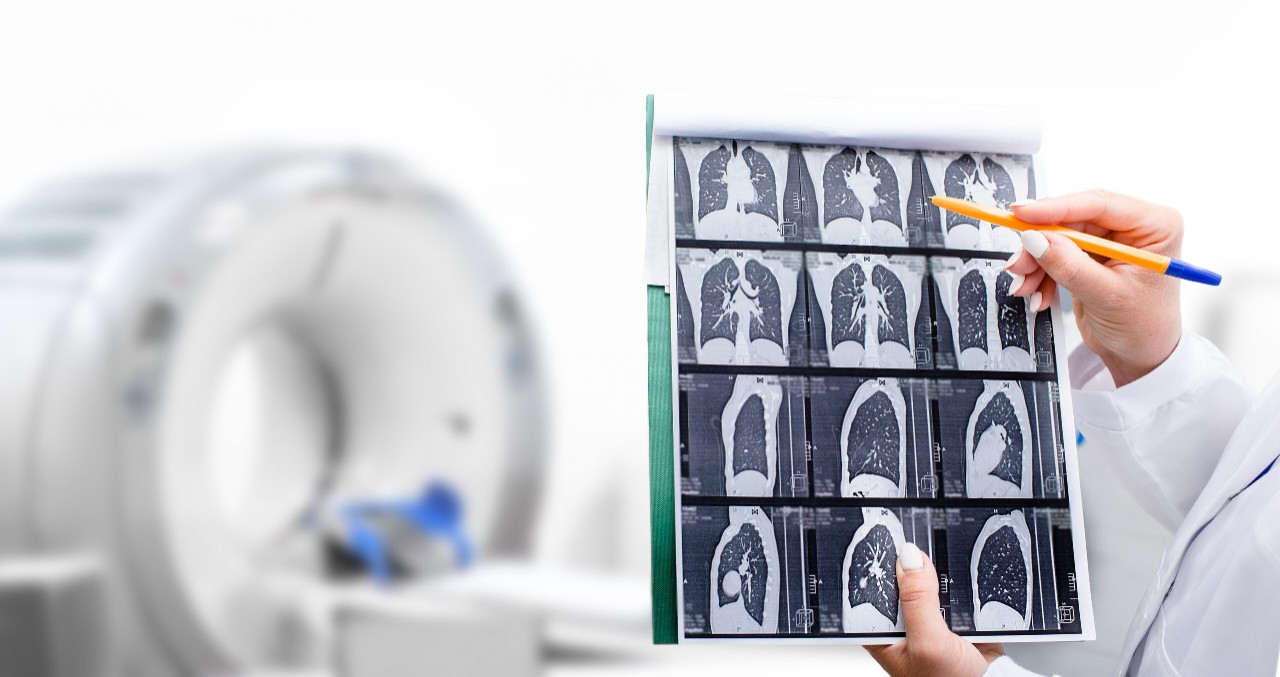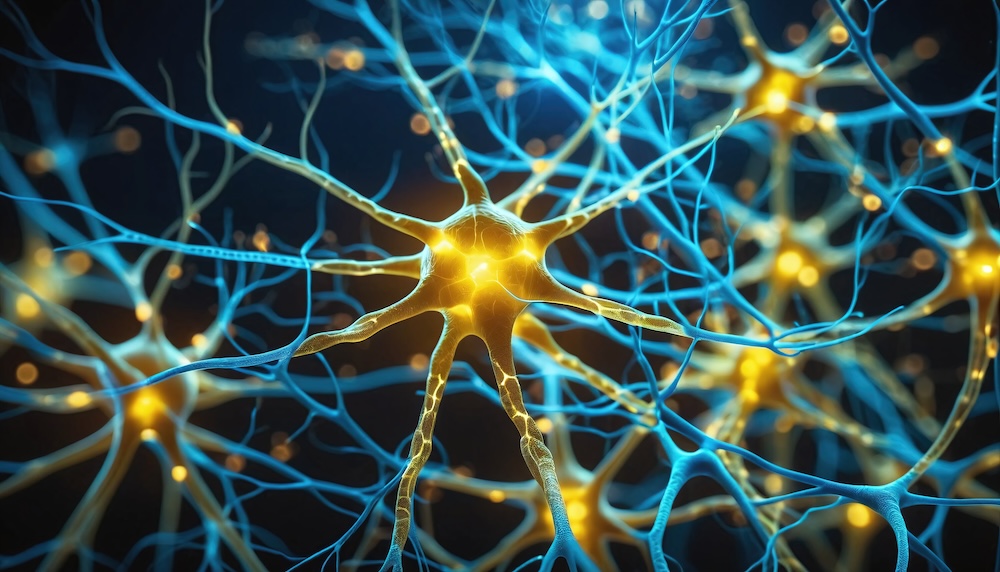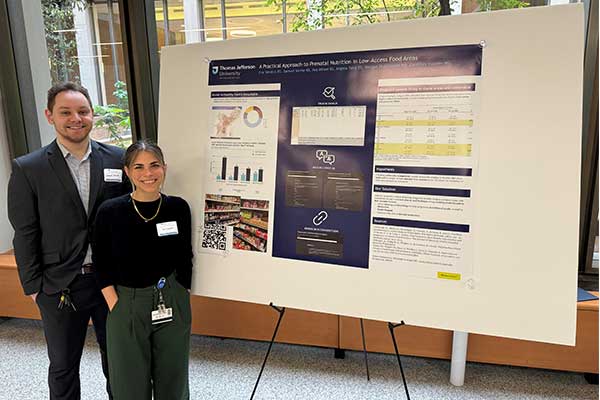News & Events

In a new study published in The Journal of Viral Hepatitis, researcher Hee-Soon Juon, MSN, PhD explores how stigma against HBV affects those with the condition.

In a new paper, published in EMBO Reports, a team including Davide Trotti, PhD, a neuroscientist at Thomas Jefferson University, showed how altered glucose metabolism in the brain and spinal cord are damaging to motor neurons in preclinical models that carry the genetic C9-NRE mutation.

Molecular biologist Yohei Kirino, PhD and his research team at Thomas Jefferson University has found that certain RNA molecules in people with tuberculosis are drastically different than those in healthy people.

Today, Jefferson and Lehigh Valley Health Network (LVHN) announced the close of the transaction making them one health system. The combination creates a leading integrated academic health care delivery system, alongside a national doctoral research university and an expanded not-for-profit health plan.

In a recent study, Scott A. Waldman, MD, PhD, and his team discovered that a gut receptor protein called GUCY2C could prevent PD development by protecting against brain damage and toxic insult.

“Recessive Dystrophic Epidermolysis Bullosa (RDEB) is the worst disease you’ve probably never heard of,” says dermatology researcher, Andrew South, PhD. RDEB patients and their families know just how horrible it can be.

Sidney Kimmel Medical College student Joel Sacris has been selected for medical rotation with the New York Jets as part of the NFL Diversity in Sports Medicine Pipeline Initiative.

In a recent study, Jefferson researcher and first author Wookjin Choi, PhD, developed an artificial-intelligence algorithm that could re-analyze these PET/CT images and accurately predict patients with more inflammation in the heart – often a precursor of long-term damage.

Neuroscientist Manuel Covarrubias, MD, PhD and his research assistant Qiansheng Liang, MD led a study published in Nature Communications that focused on Kv3 channels, the subclass of voltage-gated potassium channels that selectively bind AUT5.
